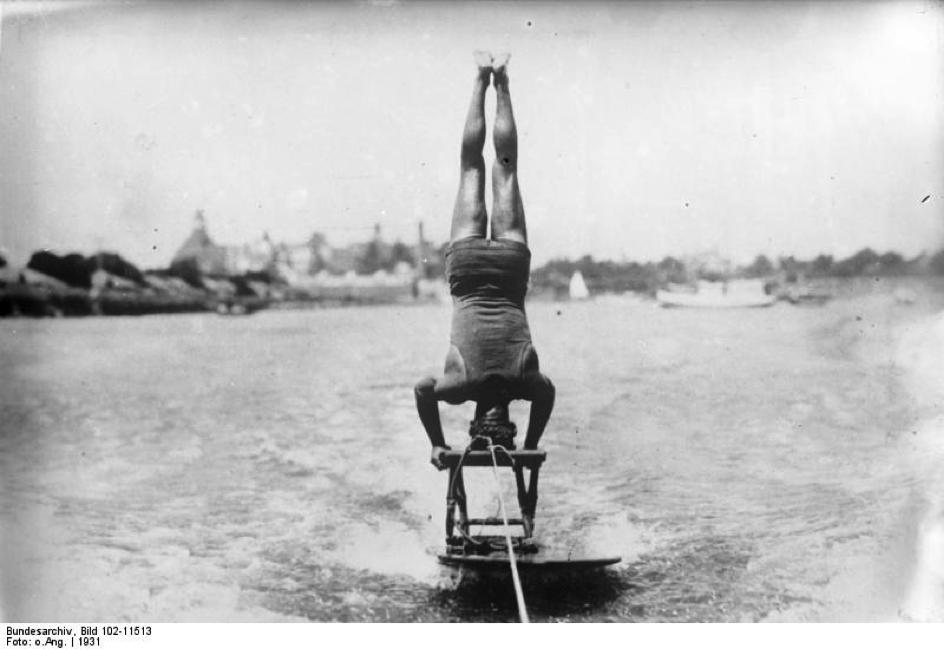Archer 15 1263 Manual Dexterity
The disabled archer 12.7.4 Stringing the bow Many wheelchair archers string their own bows. Blind guardian the bard s song the hobbit movie. Wheelchair archers with very little manual dexterity (such as tetraplegics) are allowed to have an. Manual Dexterity. A dentist must have superior manual dexterity skills. Stop and consider for a moment the size of the average person's mouth. In order to perform dental procedures, a dentist must be able to work with precision on an extremely small scale.
A progressive neurodegenerative disease that affects nerve cells in the brain and the spinal cord. A-myo-trophic comes from the Greek language. 'A' means no. 'Myo' refers to muscle, and 'Trophic' means nourishment - 'No muscle nourishment.' When a muscle has no nourishment, it 'atrophies' or wastes away. 'Lateral' identifies the areas in a person's spinal cord where portions of the nerve cells that signal and control the muscles are located. As this area degenerates it leads to scarring or hardening ('sclerosis') in the region.
Motor neurons reach from the brain to the spinal cord and from the spinal cord to the muscles throughout the body. The progressive degeneration of the motor neurons in ALS eventually leads to their demise. When the motor neurons die, the ability of the brain to initiate and control muscle movement is lost. With voluntary muscle action progressively affected, people may lose the ability to speak, eat, move and breathe. The motor nerves that are affected when you have ALS are the motor neurons that provide voluntary movements and muscle control.
Physically independent with daily care, but needs assistance to initiate or monitor quality of care; needs increased assistance with all cognitive skills; memory challenges have increased; may not anticipate possible dangers or consequences; success is noted with structure and repetition; needs assistance to live in the community. Transitional stage for supervision.
By the end of this level, most individuals' will require supervision to assure safety and assistance to complete care. Needs a routines to be successful. Muscle stiffness of all four quadrants of the body, cannot walk and their speech may also be profoundly affected, limbs may be extremely stiff, yet the patient's neck may be 'floppy' meaning that they have no voluntary control of it.
Seizures are common. This type of CP can significantly affect the intelligence. People with this may have mental retardation, ranging from moderate-to-severe. Because of the communication difficulties which often accompany this disorder, the person's IQ level may be difficult to assess. May have great difficulty swallowing and this can lead to respiratory difficulties if food is aspirated. It can lead to several types of limb deformities. The pull of spastic muscles on the bones can cause severe problems.
Archer 15 1263 Manual Dexterity Pdf

Archer 15 1263 Manual Dexterity Test
About a quarter of patients with CP develop scoliosis (curvature of the spine) and people with this are especially prone to this back deformity. Scoliosis makes walking even more difficult for the CP patient. Caused by extensive brain damage or by congenital malformations in the brain. A long-lasting disease that can affect your brain, spinal cord, and the optic nerves in your eyes. It can cause problems with vision, balance, muscle control, and other basic body functions. The damage means your brain can't send signals through your body correctly. Your nerves also don't work as they should to help you move and feel.